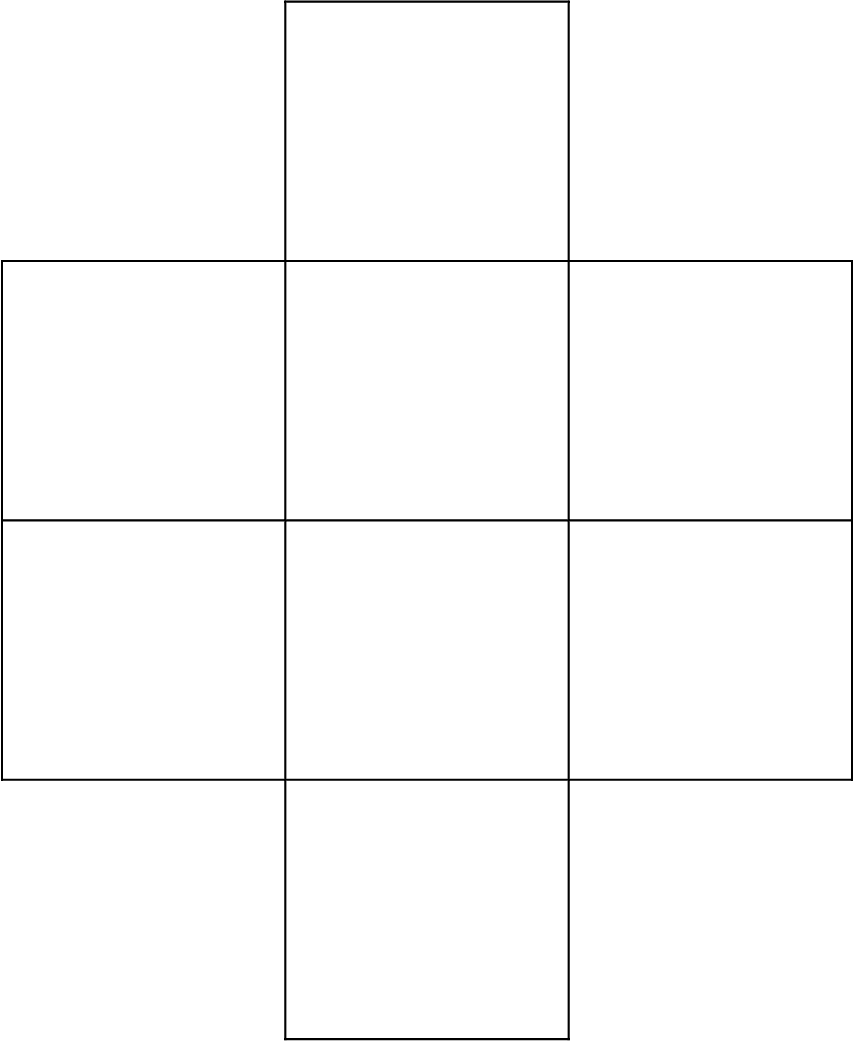Activity W2.2: Exploring Shapes and Spaces in Our School
The activity can be extended to measuring rooms and other spaces of different shapes available in the school.
Discussion may be held about that
Activity W2.2: Exploring Shapes and Spaces in Our School
Objective
Students will measure and compare the dimensions and boundaries (perimeters) of various rooms and spaces in their school using estimation and measuring tools. They will also identify the shapes of these spaces and discuss their characteristics.
Materials Needed
-
Measuring tapes or meter sticks
-
Notebooks or worksheets
-
Geometry tools (optional: rulers, chalk, string)
-
Camera or phone (optional for images)
-
Chalk for marking lengths on the floor (optional)
Instructions
Step 1: Select Spaces to Measure
Ask students to choose or assign different school areas, such as:
-
Classroom
-
Library
-
Playground
-
Corridor
-
Principal’s office
-
School garden or assembly area
Step 2: Measure Dimensions
Measure the length and width (or any relevant dimensions) of each space.
Examples:
-
Classroom: Length = 8 meters, Width = 6 meters
-
Library: Length = 10 meters, Width = 7 meters
-
Corridor: Length = 20 meters, Width = 3 meters
Step 3: Calculate the Perimeter
Use the formula based on the shape:
-
Rectangle/Square:
Perimeter = 2 × (Length + Width) -
L-Shaped or Irregular Space: Add all the outer edge lengths
Example:
-
Classroom: 2 × (8 + 6) = 28 meters
-
Library: 2 × (10 + 7) = 34 meters
Step 4: Identify the Shape
Discuss what shape each room or space is (rectangular, square, L-shape, circular, etc.).
Step 5: Compare Spaces
Create a comparison table for all the rooms:
-
Which room is the biggest?
-
Which has the longest perimeter?
-
Which has the most unusual shape?
Example
| Space | Length (m) | Width (m) | Shape | Perimeter (m) | Notes |
|---|---|---|---|---|---|
| Classroom | 8 | 6 | Rectangle | 28 | Regular shape |
| Library | 10 | 7 | Rectangle | 34 | Bigger than classroom |
| Corridor | 20 | 3 | Rectangle | 46 | Longest perimeter |
| Garden | Irregular | - | Irregular | ~55 (estimated) | Has many corners |
-
Which room has the largest perimeter?
-
Which space is most difficult to measure? Why?
-
What challenges do we face when measuring curved or irregular shapes?
-
How can we estimate measurements when exact tools are not available?
-
Diagram of a rectangular classroom with length and width labeled
Bird’s-eye view of school map, showing measured spaces
Comparison Chart: Perimeters of Different Spaces
| Name of Space | Shape | Dimensions (in m) | Formula Used | Perimeter (in m) |
|---|---|---|---|---|
| Classroom | Rectangle | Length = 8, Width = 6 | 2 × (L + W) | 28 |
| Playground | Square | Side = 30 | 4 × side | 120 |
| Garden | Rectangle | Length = 15, Width = 10 | 2 × (L + W) | 50 |
| School Building | Irregular | Sides = 10, 20, 15, 25 | Add all sides | 70 |
| Circular Fountain | Circle | Radius = 4 | 2 × π × r ≈ 2 × 3.14 × 4 | ≈ 25.12 |
| Basketball Court | Rectangle | Length = 28, Width = 15 | 2 × (L + W) | 86 |
| Football Field | Rectangle | Length = 100, Width = 50 | 2 × (L + W) | 300 |
| Triangle Park | Triangle | Sides = 20, 20, 30 | Add all sides | 70 |
🧮 Interactive Worksheet: Perimeters of Different Spaces
| Name of Space | Shape | Dimensions (in m) | Formula Used | Perimeter (in m) |
|---|---|---|---|---|
📝 Discussion Questions
- Which space has the longest perimeter?
- Which shapes have the simplest formulas?
- How does changing dimensions (like length or radius) affect the perimeter?








